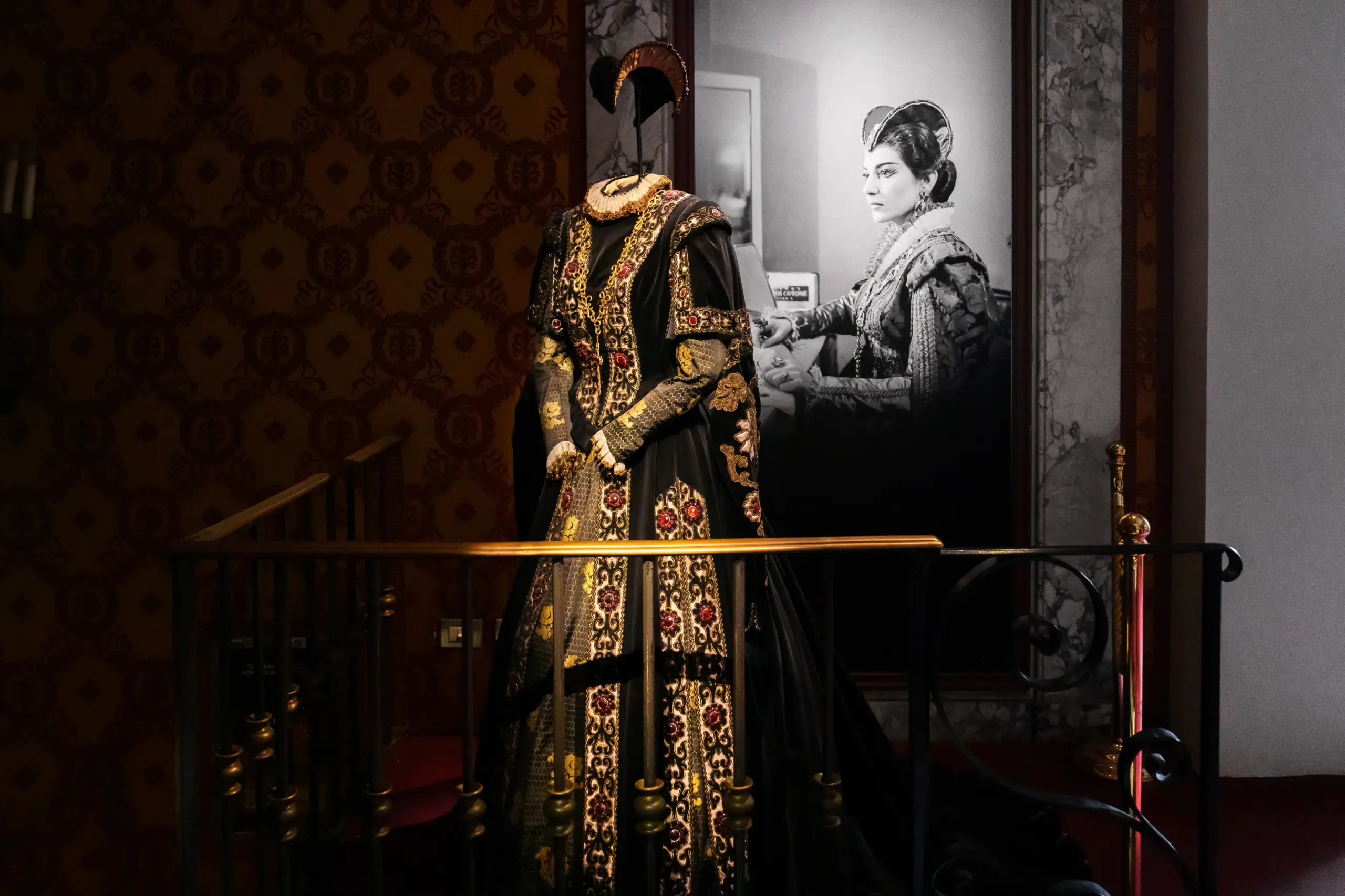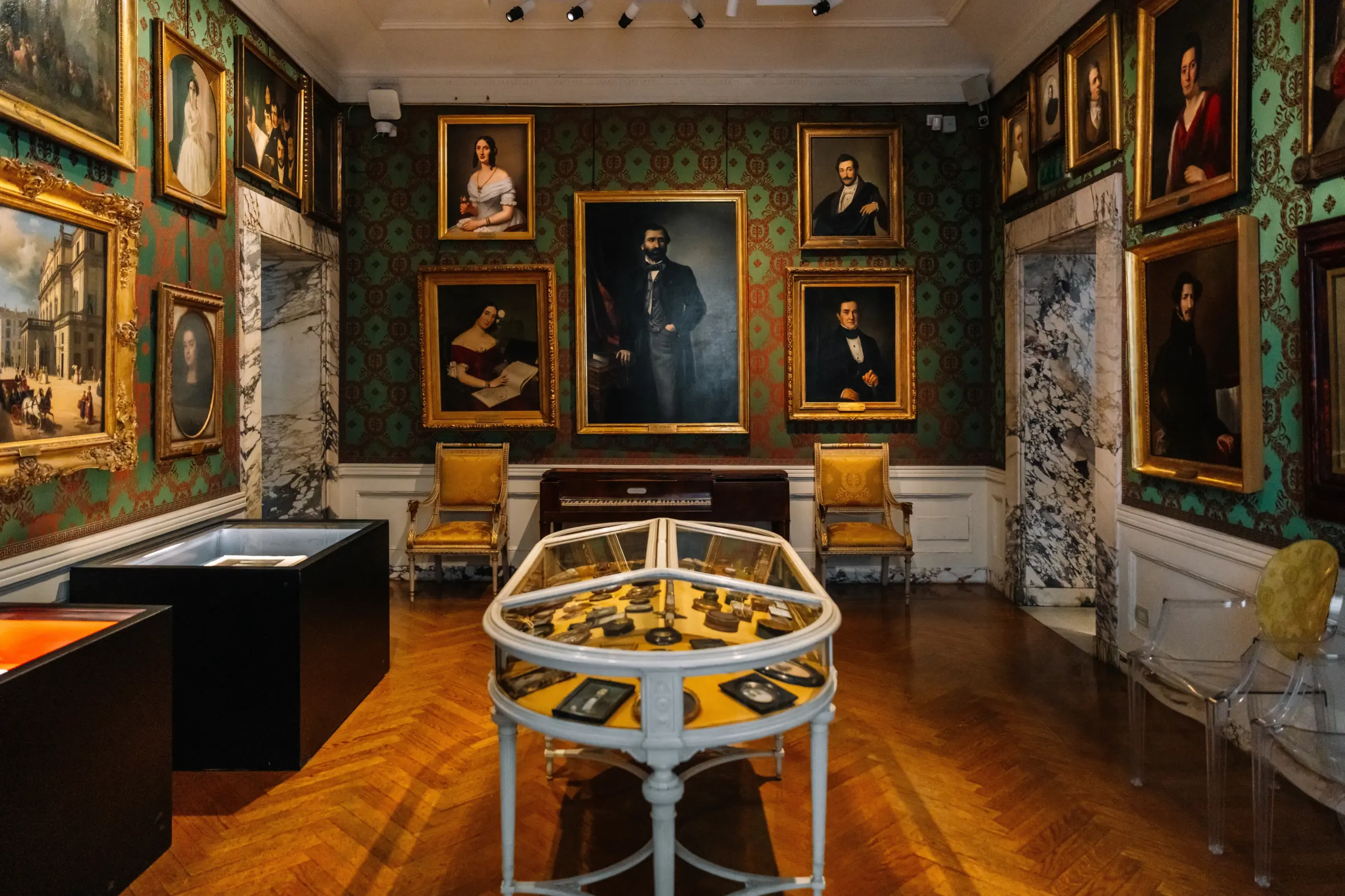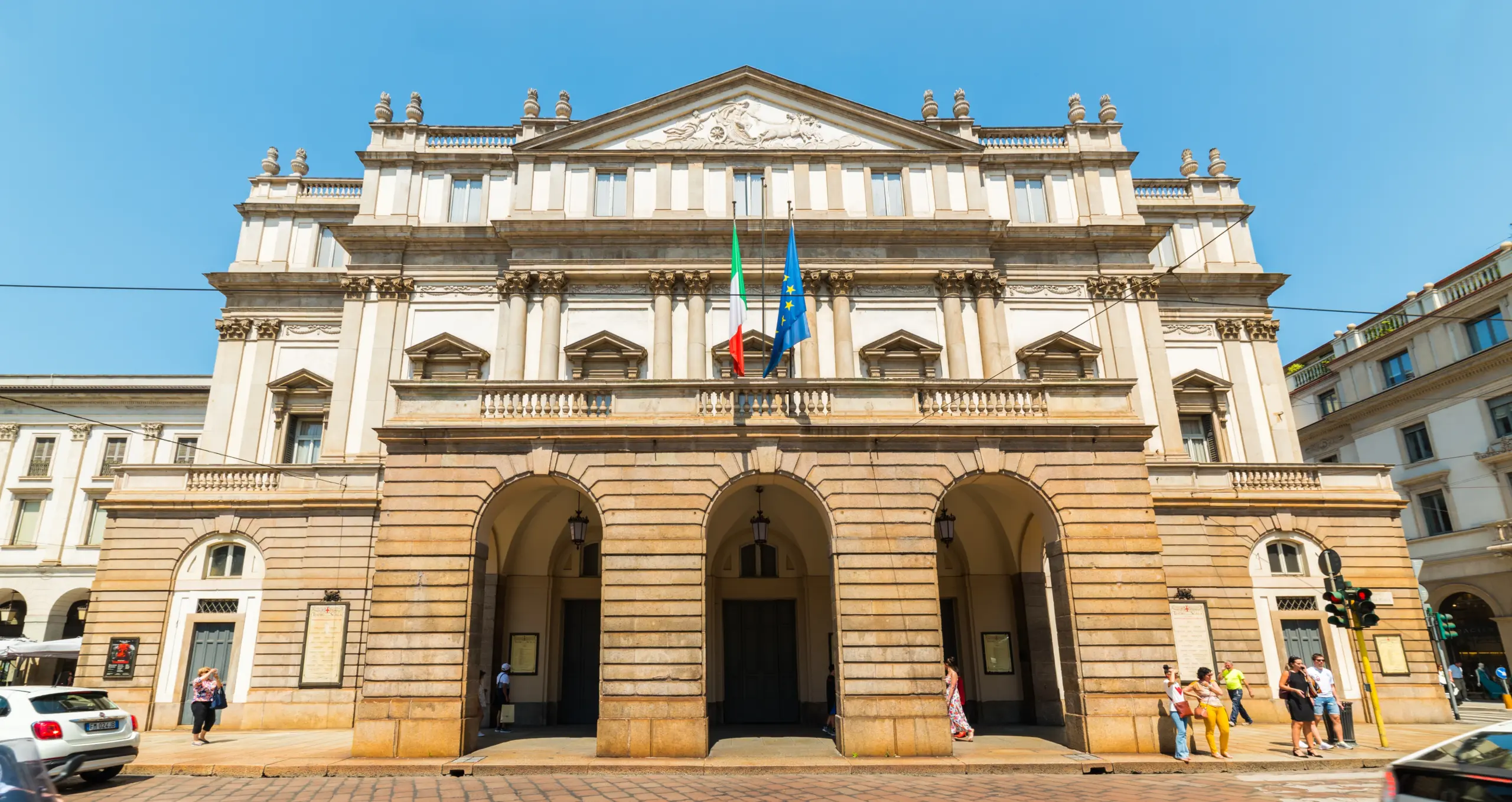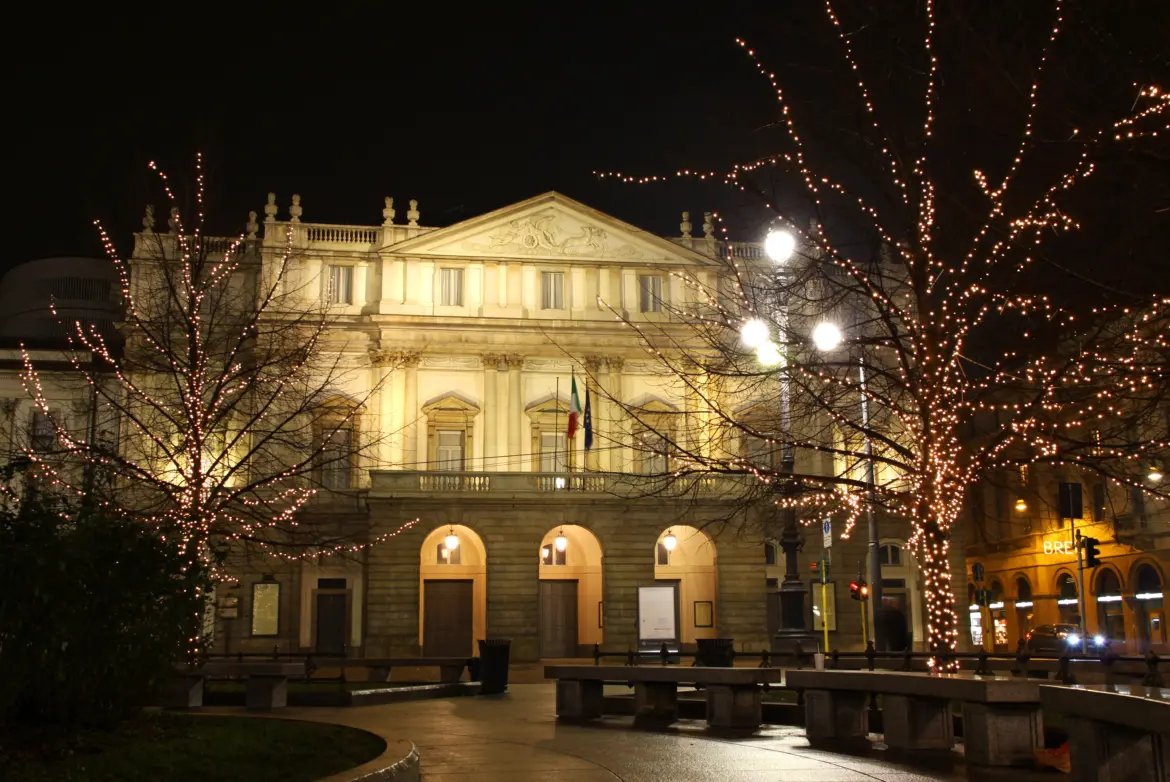Ciao amici! 🎭 During my time in Milan, one place stole the spotlight: Teatro alla Scala, or simply La Scala. I had dreamed of visiting this legendary opera house for years, and stepping inside felt like entering a living, breathing masterpiece. The opulence, the echoes of unforgettable performances, and the sheer elegance of the building left me in awe. Whether you’re a lifelong opera lover, a fan of architecture, or simply someone who appreciates history and art, La Scala is a must-visit. So let me take you on a tour, from the grand stage to the hidden treasures of its museum, and share why this cultural icon deserves a starring role in your Milan itinerary.
A Glorious Past: The Birthplace of Opera Legends
Founded in 1778, Teatro alla Scala was built on the ruins of the Church of Santa Maria alla Scala (hence the name), after a fire destroyed Milan’s previous opera house. Designed by neoclassical architect Giuseppe Piermarini, it was commissioned by Empress Maria Theresa of Austria. Since then, La Scala has become one of the most important opera houses in the world. From the 19th century to today, it has played host to some of the greatest composers and performers: Verdi, Puccini, Toscanini, and Maria Callas, just to name a few. Many of Italy’s most beloved operas, including Otello, Norma, and Nabucco, premiered right here.

The theater’s historical importance is enormous, but what’s even more powerful is the emotion that lingers in every red velvet seat, every chandelier-lit balcony, and every note that’s ever echoed through its halls.
The La Scala Experience: A Visual & Acoustic Masterpiece
Walking into the main auditorium was breathtaking. I remember standing still for a moment, just taking it all in: the sumptuous gold-and-crimson decor, the glittering Murano glass chandelier, and the impressive horseshoe shape that enhances the acoustics to perfection. It’s easy to see why La Scala is hailed as a pinnacle of design and performance. And it’s not just about opera. La Scala is also home to symphonic concerts, ballet performances, and even recitals by world-class soloists. The energy inside is unlike anything I’ve experienced. Even if you don’t attend a performance, just stepping inside for a guided tour will give you chills (the good kind!).

Legends of the Stage: Maria Callas & Beyond
Maria Callas, the diva assoluta, graced this stage many times and remains deeply tied to its legacy. Her unforgettable performances in La Traviata and Norma turned her into an operatic icon. But she’s far from the only one. Other legends like Luciano Pavarotti, Plácido Domingo, Renata Tebaldi, Montserrat Caballé, and Leontyne Price also performed at La Scala. And let’s not forget conductors like Riccardo Muti, Arturo Toscanini, and Claudio Abbado, who helped shape the sound of modern classical music. You can feel the passion of these legends in every corner, it’s as if their voices still live here.

The La Scala Museum: A Hidden Gem Next Door
Your visit wouldn’t be complete without a stop at the Museo Teatrale alla Scala, conveniently located within the theater complex. This museum is a goldmine for history buffs, music lovers, and art enthusiasts alike. Wander through elegant rooms filled with costumes, original scores, antique instruments, and portraits of famous performers. I especially loved the display cases showcasing Callas’s personal items and the beautifully curated exhibits on composers like Verdi and Rossini.

The museum also offers a rare view into La Scala’s evolution, from its architectural transformations to its cultural milestones. Best of all? You can peek into the actual auditorium from one of the museum balconies (if there’s no rehearsal in progress!). It’s a beautiful bonus that often catches visitors by surprise.
My Visit: Awe, Emotion & Espresso
I visited La Scala in the late afternoon, just before golden hour. The sunlight bathed the façade of the opera house and the nearby Piazza della Scala, making everything feel extra magical. I had just come from Galleria Vittorio Emanuele II, and the contrast between fashion-forward Milan and this historic jewel was striking. Inside, I joined a guided tour (highly recommend!) that covered the main hall, royal box, and museum. My guide was warm, knowledgeable, and full of fun anecdotes. After my visit, I sipped an espresso at a nearby café, reflecting on the beauty I had just witnessed. It was one of those perfect Milan moments you don’t forget.
Tips for Visiting La Scala
- Buy Tickets in Advance: Especially for performances. For tours and museum entry, you can book directly on their official website.
- Visit the Museum: Even if you’re not catching a show, the museum alone is worth the trip.
- Take the Guided Tour: It brings the space to life with rich stories and behind-the-scenes access.
- Dress Code: There’s no strict code for daytime tours, but performances often call for smart attire, especially gala evenings.
- Nearby Spots: Don’t miss Piazza della Scala, Galleria Vittorio Emanuele II, and the Duomo di Milano, all just steps away.

Final Thoughts: Why La Scala Still Matters
Teatro alla Scala is not just an opera house, it’s a shrine to human expression, artistry, and emotion. Its gilded halls have seen the rise of timeless masterpieces and the fall of forgettable flops. It’s where the heart of Milan beats in harmony with history, elegance, and drama.
Even if you’re new to opera or classical music, La Scala will captivate you. It reminded me that beauty, in all its forms – musical, architectural, historical – is something worth preserving and celebrating.
Whether you’re sipping cappuccino in the piazza or clapping from a velvet seat, La Scala invites you to feel, to imagine, and to be moved.
Brava, Milano. Brava.
xoxo,
Bubbly🎭

